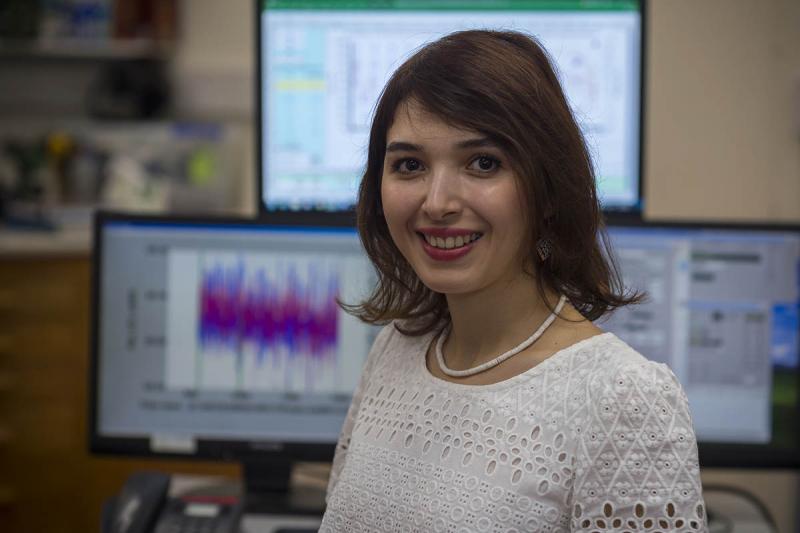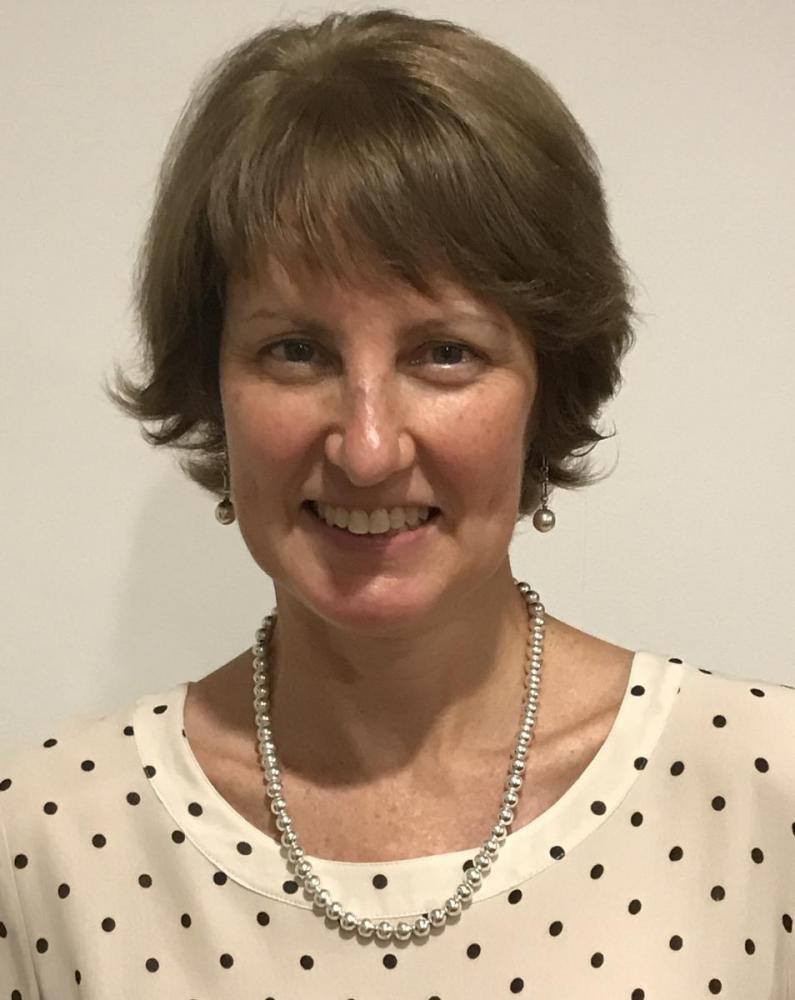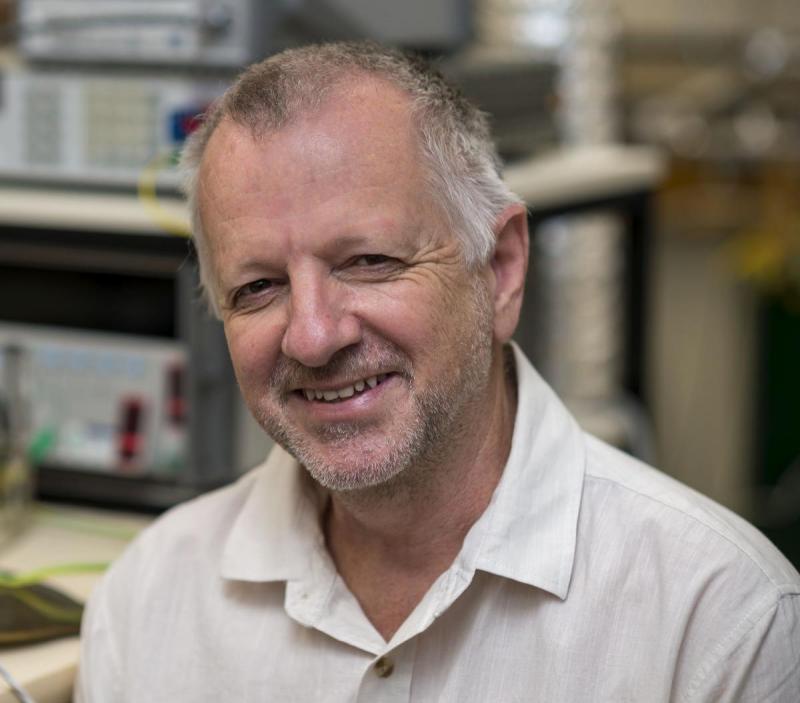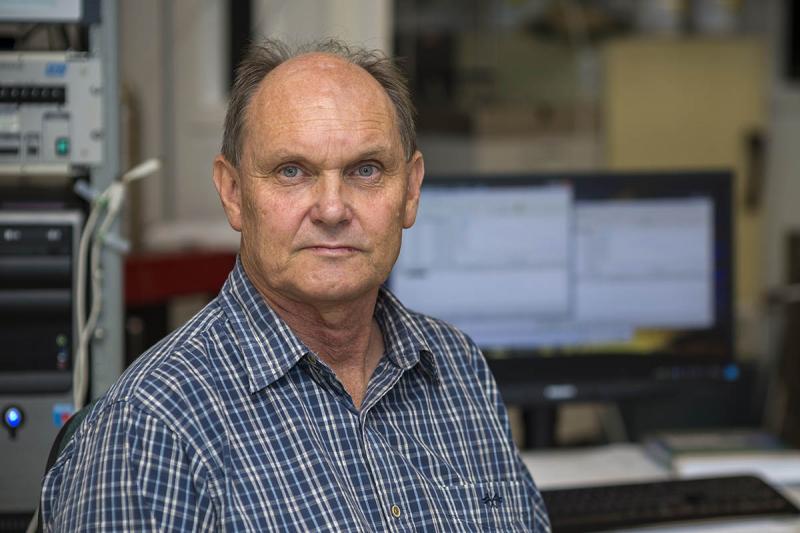Organizer: Farzana Masouleh ([email protected])
Symposium Description: The International System of Units, known as the SI, is the globally agreed basis for expressing measurements at all levels of precision, and in all areas of science, technology, and human endeavor. The SI is made up of seven base quantities that each correspond to a universally-recognized unit. The SI will undergo a major revision in May 2019 that will be implemented by the international measurement community. This global change involves moving away from material artefacts (e.g. the kilogram prototype in Paris), and instead employing a set of seven defining constants, from which all units can be derived. Adopting the definitions will allow all countries to remain consistent with international best practice and allow a precision measurement to be available to everyone. The goal of this Special Session is to raise awareness about this topic to the national and international scientific community.
Format: This Mini-Symposium on SI for the 21st Century will include four educational presentations from invited speakers. Any registered attendees are welcome to attend.
The Avogadro Constant and the Mole Presenter
Abstract: The mole was a late addition to the list of SI base units with its official recognition not occurring until 1971. The mole is fundamental to measurements across chemical and biological applications providing the link between the atomic world and the macroscopic world and the new definition of the mole formalizes that link. Although every chemistry student has learned about the comparison with the number of atoms in 12 g of carbon-12 it has always felt a rather abstract choice and as the carbon atoms must be unbound, at rest and in their ground state its practicality as a definition is limited. In the new SI the mole is simply defined based on the Avogadro constant. This has been possible because The International Avogadro Project has worked to determine the Avogadro constant with a low enough uncertainty to allow it to be fixed as a constant. The project entailed the creation of silicon spheres which are among the roundest objects in the world, containing highly enriched silicon-28 and worth over $3m each. The project is a beautiful example of bringing chemists and physicists together to solve an international challenge that has inspired the world.
The Planck Constant and the Kilogram
Abstract: The new definition of the kilogram is based on Planck’s constant. One way to realize the redefined kilogram is by using a Kibble balance, an apparatus that determines Planck’s constant by comparing the gravitational force on a reference mass with the electromagnetic force on a coil carrying current in a magnetic field. The Measurement Standards Laboratory of NZ (MSL) is developing its own version of the Kibble balance. Our Kibble balance will employ a twin pressure balance arrangement as the force comparator, which is unique from other Kibble balances around the world. In this presentation, we will talk about the redefinition of the kilogram, the concept of a Kibble balance, and the features and potential of the MSL Kibble balance design.
The Elementary Charge and the Ampere
Abstract: It is no coincidence that the charge of an electron, e, plays a central role in quantum electrodynamics (QED), the outstandingly accurate description of light and matter. Since Thomson’s discovery of the electron in 1897, it has become clear that the elementary charge is an extremely stable and reproducible quantity, and thus a very suitable foundation on which to base electromagnetic units. In the revised SI the value for e will be defined, leading to some significant conceptual changes. For example, µ0 will become an experimentally derived quantity, and some commonly used CGS units (like Gauss for magnetic field) will no longer have an exact link to the corresponding SI units. In this talk I will briefly discuss developments towards a direct realisation of the ampere based on counting charged particles, as well as the existing methods based on the Josephson Effect and the Quantum Hall Effect that will allow voltage and resistance to be traceably established at a level beyond 0.1 ppb.
The Boltzmann Constant and the Kelvin
Abstract: Temperature is a strange quantity. Although mankind has been aware of hot and cold since the beginning, temperature has proven to be a difficult quantity for us to understand. The first internationally recognised temperature scale come into being in 1927, but only after a century of intense research accompanying the development of thermodynamics. Now, nearly another century later, we are changing the way temperature is defined, and 2019 will mark the time when experimental thermometry finally caught up with the theory and need. This talk will briefly review the history of temperature measurement and explain how the new definition of the kelvin will change how we measure temperature. Methods for the realisation of the new definition will also be described, including Johnson noise thermometry.





